Islamabad – Jaaba Taili, Burma Town
Audio Stories
Zahid Ullah – North Waziristan
Photo Stories
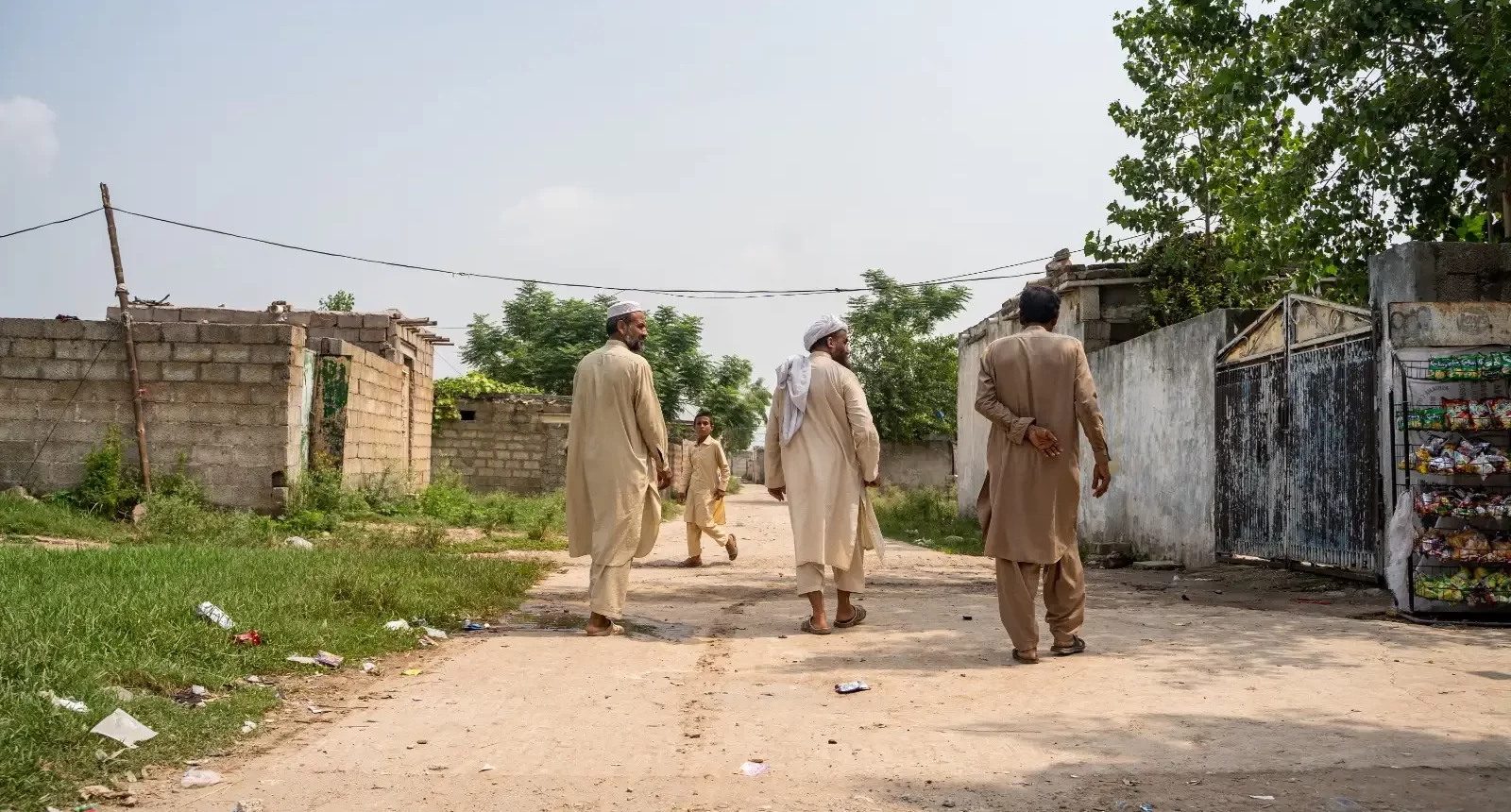 Jaaba Taili is home to many Internally Displaced Persons (IDPs) and families affected by the war on terror, hailing from the Khyber Pakhtunkhwa province of Pakistan. These individuals face severe forms of discrimination and are often subject to public rhetoric that unjustly labels them as terrorists.
Jaaba Taili is home to many Internally Displaced Persons (IDPs) and families affected by the war on terror, hailing from the Khyber Pakhtunkhwa province of Pakistan. These individuals face severe forms of discrimination and are often subject to public rhetoric that unjustly labels them as terrorists.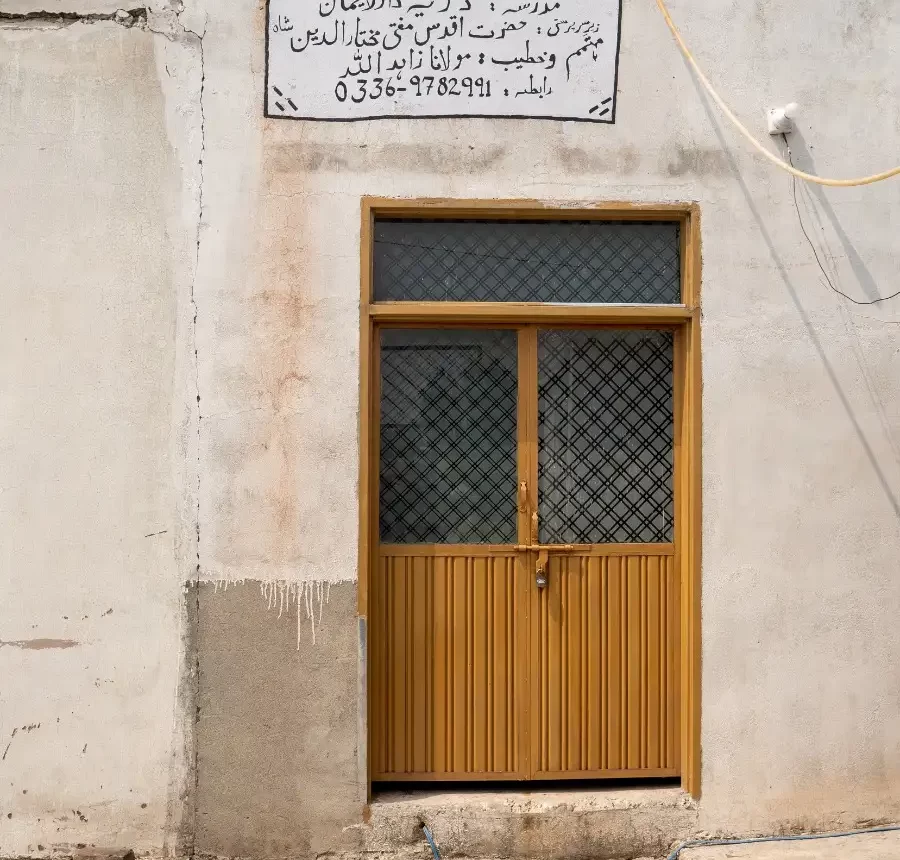 Zahid Ullah, a 45-year-old resident of Jaaba Taili, serves as a cleric in a local mosque. When he first arrived in Islamabad, he and his family faced considerable difficulty finding rental housing due to baseless fears that he was associated with a banned terrorist organization. He was unjustly stigmatized based on his appearance and place of origin.
Zahid Ullah, a 45-year-old resident of Jaaba Taili, serves as a cleric in a local mosque. When he first arrived in Islamabad, he and his family faced considerable difficulty finding rental housing due to baseless fears that he was associated with a banned terrorist organization. He was unjustly stigmatized based on his appearance and place of origin.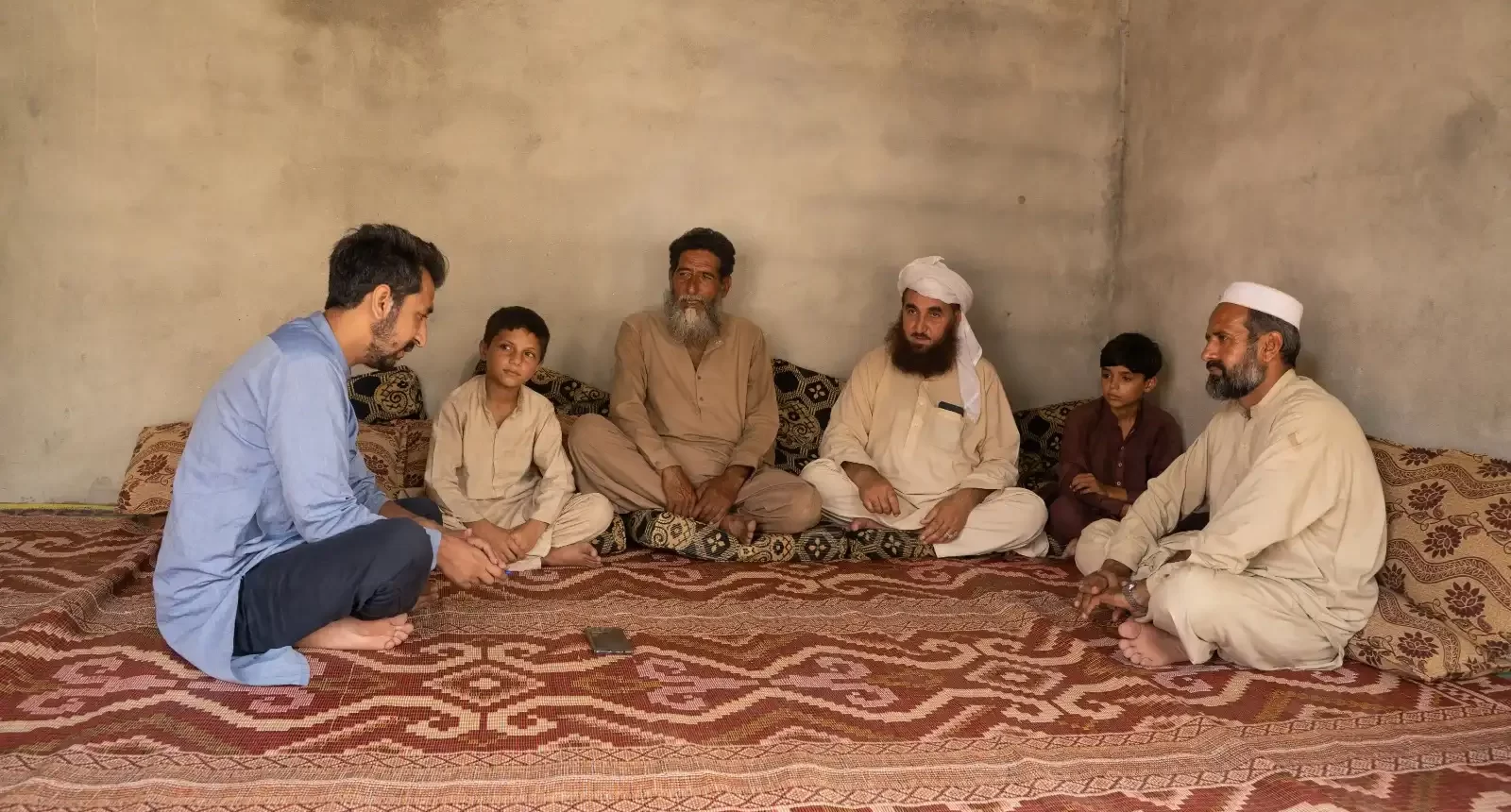 According to Zahid Ullah, Operation Zarb-e-Azab was launched in North Waziristan during the peak of summer. People had little time to gather their belongings, and some attempted to bring their cattle along, but the harsh weather conditions took a toll.
According to Zahid Ullah, Operation Zarb-e-Azab was launched in North Waziristan during the peak of summer. People had little time to gather their belongings, and some attempted to bring their cattle along, but the harsh weather conditions took a toll. Zahid Ullah recounts the harrowing memory of the fateful day in the summer of 2014 when people in North Waziristan were forced to abandon their homes due to Operation Zarb-e-Azab. Lacking transportation to reach the government-established Internally Displaced Persons (IDP) camps in Baka Khel Wazir, located within the union council of Bannu, many lives were tragically lost due to the harsh weather conditions.
Zahid Ullah recounts the harrowing memory of the fateful day in the summer of 2014 when people in North Waziristan were forced to abandon their homes due to Operation Zarb-e-Azab. Lacking transportation to reach the government-established Internally Displaced Persons (IDP) camps in Baka Khel Wazir, located within the union council of Bannu, many lives were tragically lost due to the harsh weather conditions.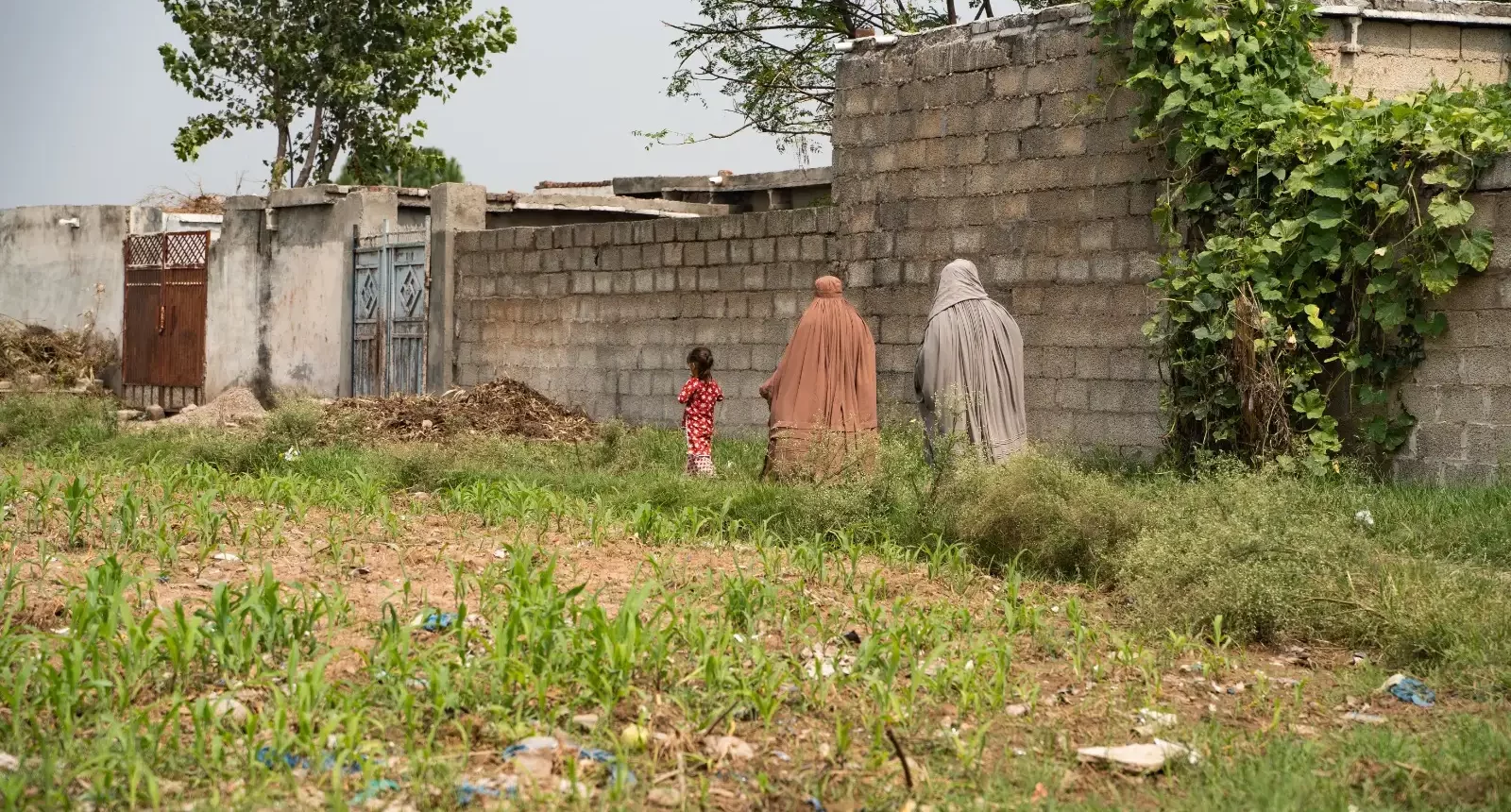 Zahid Ullah explains that the government did not consider cultural sensitivities when setting up the IDP camps. Consequently, he and his family were unable to reside there due to the violation of privacy and the disregard for the concept of purdah, which is essential for the women in their community. This was one of the primary reasons they chose to move to Islamabad.
Zahid Ullah explains that the government did not consider cultural sensitivities when setting up the IDP camps. Consequently, he and his family were unable to reside there due to the violation of privacy and the disregard for the concept of purdah, which is essential for the women in their community. This was one of the primary reasons they chose to move to Islamabad. Zahid Ullah watches a video depicting his destroyed home, sent by one of his relatives who returned to North Waziristan. While the government did provide compensation for homes destroyed during the military operation, Zahid Ullah believes it was insufficient to rebuild and restart their lives.
Zahid Ullah watches a video depicting his destroyed home, sent by one of his relatives who returned to North Waziristan. While the government did provide compensation for homes destroyed during the military operation, Zahid Ullah believes it was insufficient to rebuild and restart their lives.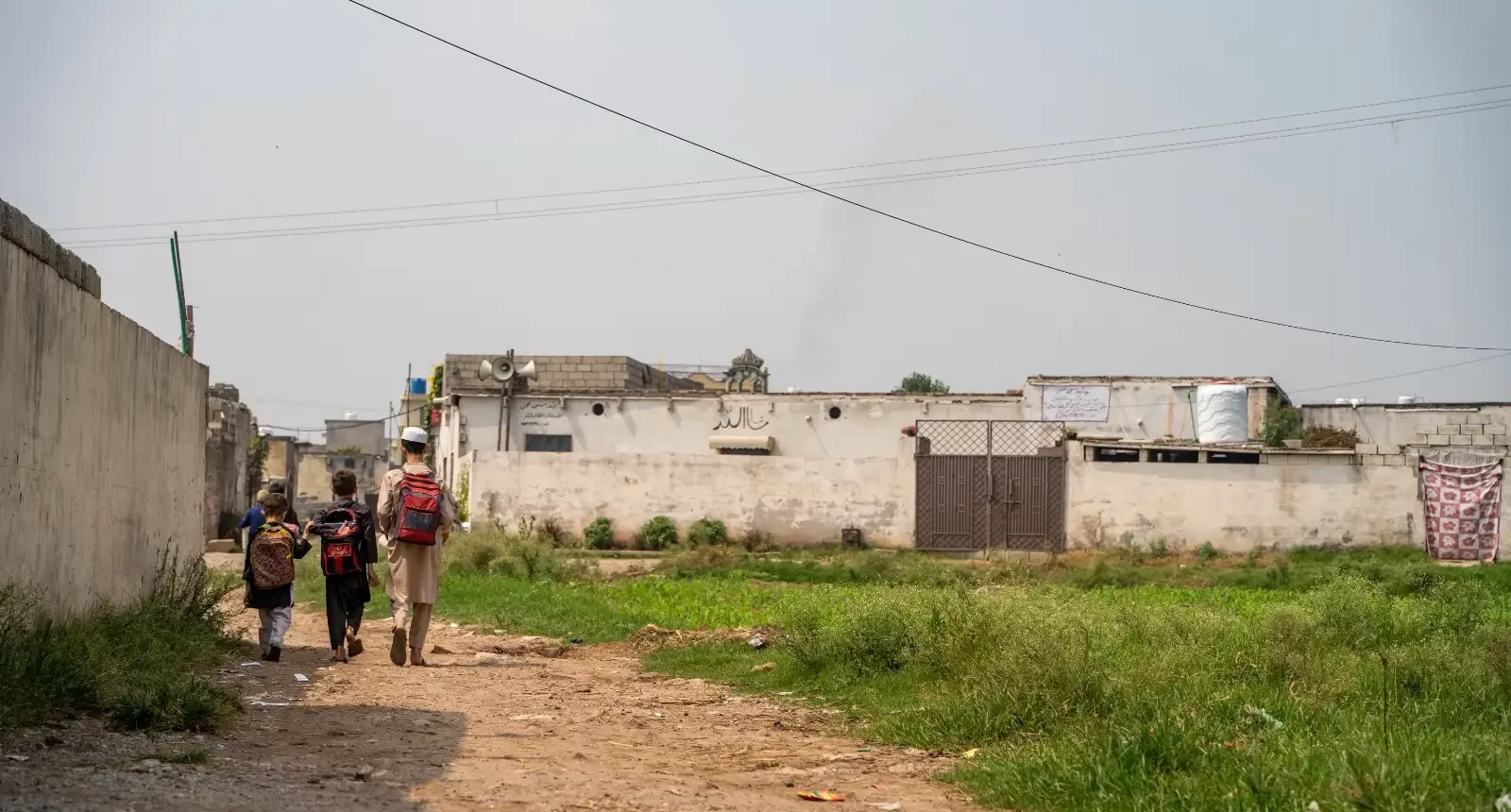 Children on their way to school in Jaaba Taili, where many families live with the looming threat of eviction for future development projects planned by the government.
Children on their way to school in Jaaba Taili, where many families live with the looming threat of eviction for future development projects planned by the government.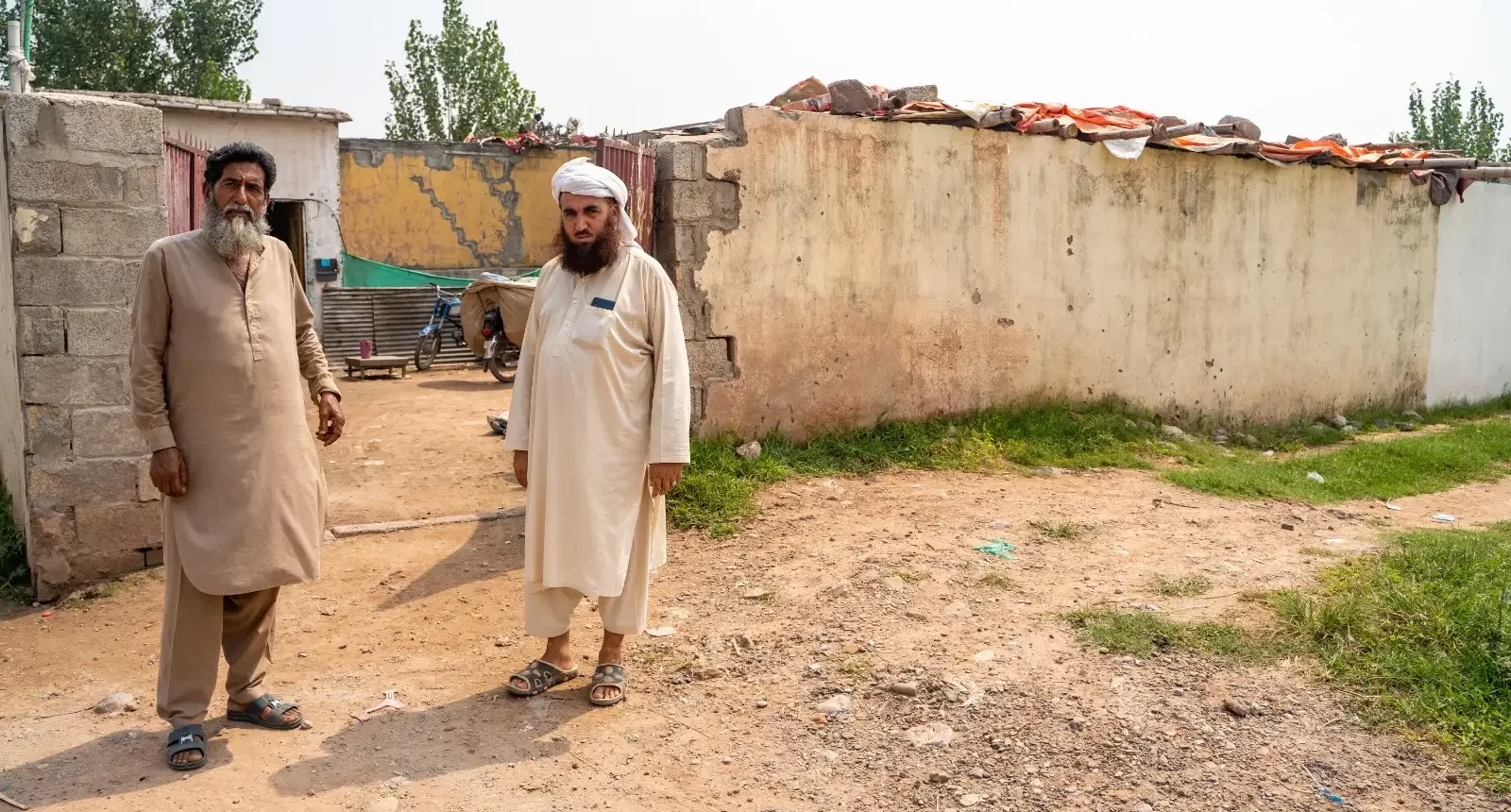 Zahid Ullah expresses his concerns about the region, as there have been reports of terrorists returning, and the military is conducting smaller-scale operations. This makes it unsafe for anyone to lead a normal life there.
Zahid Ullah expresses his concerns about the region, as there have been reports of terrorists returning, and the military is conducting smaller-scale operations. This makes it unsafe for anyone to lead a normal life there.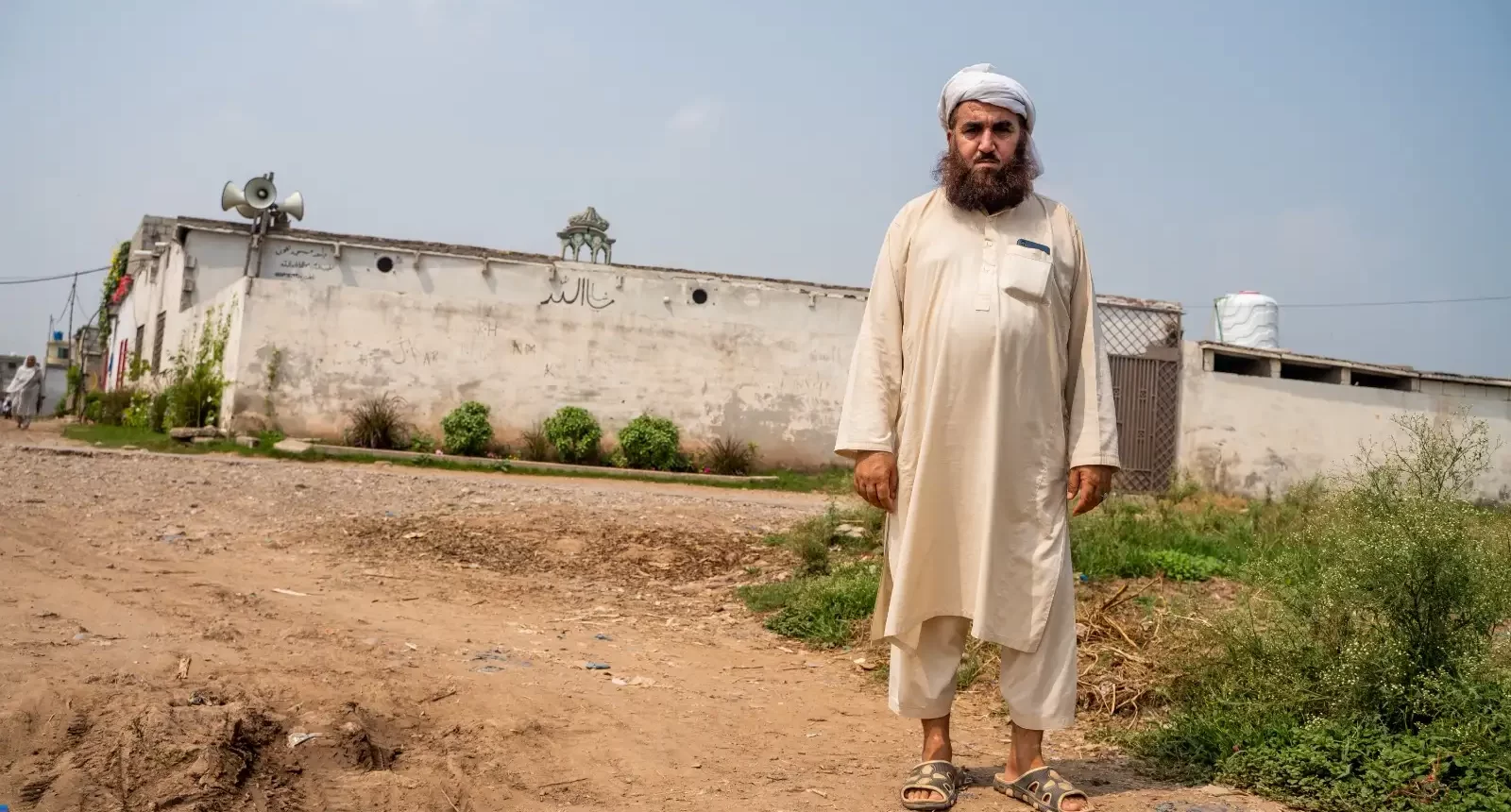 Zahid Ullah asserts that the government should spare the people of tribal agencies (Federally Administered Tribal Areas - FATA) from perpetual displacement and allow them to establish permanent homes and live in peace, just like any other normal community.
Zahid Ullah asserts that the government should spare the people of tribal agencies (Federally Administered Tribal Areas - FATA) from perpetual displacement and allow them to establish permanent homes and live in peace, just like any other normal community. According to Zahid Ullah, it was initially challenging for him and others who were displaced to find their community and adapt to the realities of larger towns and cities. It will be even more challenging for him and especially for his children to readjust to the remote areas of Waziristan.
According to Zahid Ullah, it was initially challenging for him and others who were displaced to find their community and adapt to the realities of larger towns and cities. It will be even more challenging for him and especially for his children to readjust to the remote areas of Waziristan.
Jaaba Taili and Pindorian represent two dynamic neighborhoods located within Burma Town, Islamabad. These areas are graced with natural beauty, encompassed by two water bodies: Gumrah Kas to the east and Korang River to the west. At the convergence point of these two streams, a picturesque landscape unfolds. To the north of Burma Town stands the esteemed National Agricultural Research Center, while Chak Shehzad lies in the northeast. The governing union council for this region is Burma Town, officially designated as Ward 18.
Approximately 1,000 households make up the residential fabric of these neighborhoods, with a significant portion comprising Pashtun migrants from the former Federally Administered Tribal Areas (FATA). These Muslim Pashtun communities sought refuge in Jaaba Taili and Pindorian roughly 8 to 9 years ago due to the unfortunate circumstances of war prevailing in their native regions.
The displacement of individuals from the Federally Administered Tribal Areas (FATA) to Islamabad has been a noteworthy phenomenon in recent years, largely attributable to the aftermath of Operation Zarb-e-Azb on the socio-economic landscape of FATA. This military operation, initiated in 2014, aimed to eliminate terrorist groups operating in the region. Consequently, a substantial number of people were compelled to leave FATA due to security concerns and extensive infrastructural damage. Furthermore, the lack of viable economic prospects and developmental opportunities in FATA prompted individuals to seek better livelihoods in urban areas like Islamabad. The scarcity of accessible education, healthcare, and fundamental amenities in FATA also played a pivotal role in their decision to migrate.
Upon their arrival, the Pashtun displaced community encountered numerous challenges. Initially, they faced resistance from local residents when attempting to rent homes, as they were often perceived as a security threat and unfairly stigmatized as potential terrorists. This hostile atmosphere compounded the trauma of displacement, adding to the burdens faced by these individuals.
The neighborhoods grappled with issues such as overcrowding, inadequate healthcare facilities, and limited access to clean water. Moreover, the absence of proper sanitation and hygiene infrastructure posed health risks for the displaced community. The psychological toll of displacement, encompassing trauma, anxiety, and depression, further exacerbated their difficulties.
Government policies played a pivotal role in the relocation of people from FATA to Islamabad. Initially, the government established camps in Islamabad to offer temporary shelter to the displaced communities until they could return to their places of origin. However, due to the protracted duration of their stay in the camps and the gradual progress in the rehabilitation process, many displaced communities have now settled more permanently in Islamabad.
The individuals who were displaced and subsequently settled in Burma Town primarily encompass daily wage workers, including scrap dealers, laborers, masons, shopkeepers, and gardeners in farmhouses. These residents were compelled to leave their homes due to the conflict that commenced in 2014, impacting the former Federally Administered Tribal Areas (ex-FATA), including Bajaur Agency, Mohmand Agency, Khyber Agency, Waziristan, and Wana.
This displacement has wrought profound impacts across various facets of their lives. The influx of displaced communities has heightened the demand for resources and services, placing strain on the local infrastructure and economy. Access to adequate healthcare services has presented a significant challenge, as existing facilities have proven insufficient to accommodate the increased population. The absence of appropriate sanitation infrastructure and community education has further compounded challenges related to waste management and public health. The settlement lacks gas facilities and street lighting, which entails financial burdens for alternative cooking arrangements and raises safety concerns regarding mobility during evenings and nights.
Furthermore, the Pashtun displaced community currently grapples with the looming threat of eviction, intensifying their already precarious situation. The inhospitable environment and persistent fear of displacement only serve to further isolate those who have already experienced the trauma of being uprooted from their homes. Nevertheless, despite these myriad challenges, these resilient individuals are steadfast in their pursuit of stability and a brighter future. Their narratives underscore the pressing need for recognition and support, which can assist them in overcoming the adversities they face and in forging a better future for themselves and their families.
